How to Fix wdf01000.sys BSOD in Windows?
When wdf01000.sys goes wrong, users face the Blue Screen of Death with the error code ‘PAGE FAULT IN NONPAGED AREA’. The wdf01000.sys system file belongs to Windows Driver Frameworks (WDF), a function that helps Windows communicate with hardware devices. When Windows struggles to communicate with any hardware device, the Blue Screen of Death turns up.
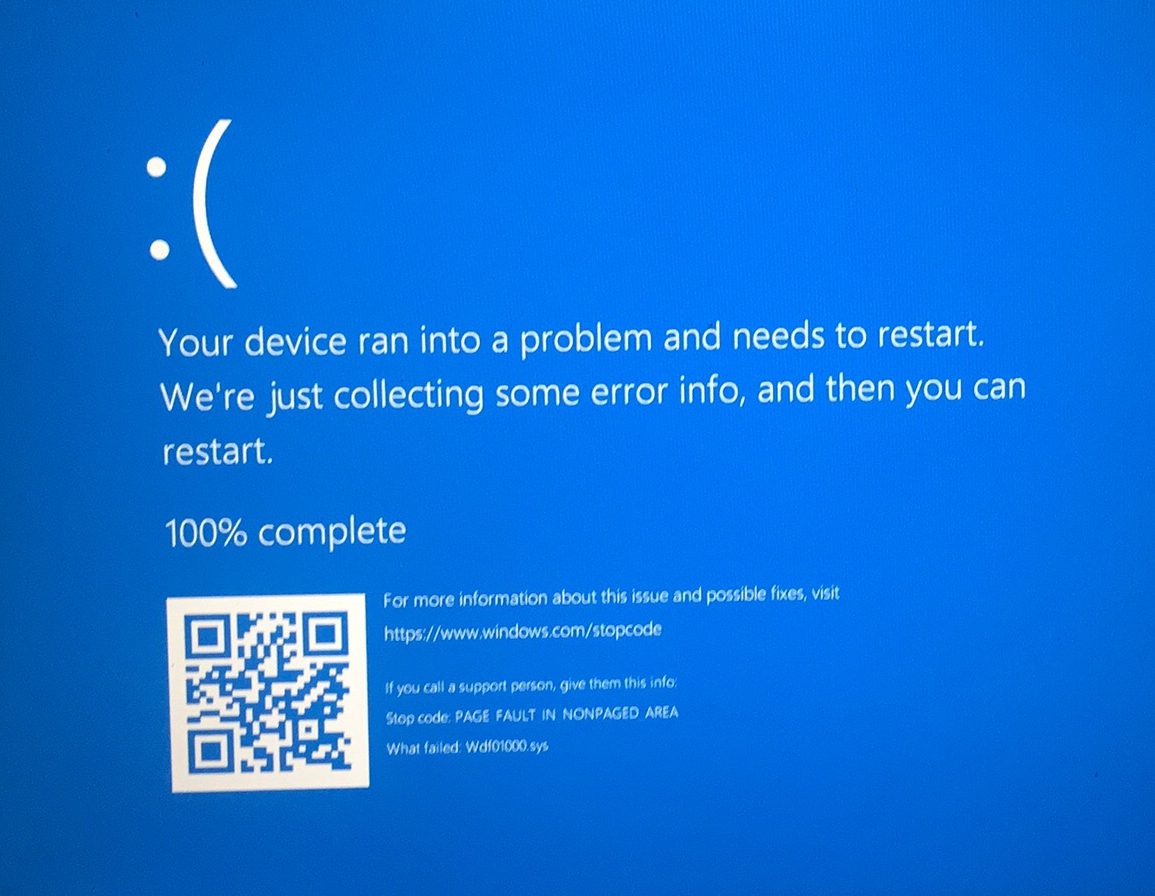
Hardware failure, old drivers, non-matching devices, or third-party drivers can all cause this issue.
In this article, we will provide different methods to tackle this problem.
1. Update Drivers
Old drivers might lead to communication problems between Windows and hardware devices. Updating your drivers to their latest versions can help to fix this issue.
- Click on the Search bar, type Device Manager and open it.
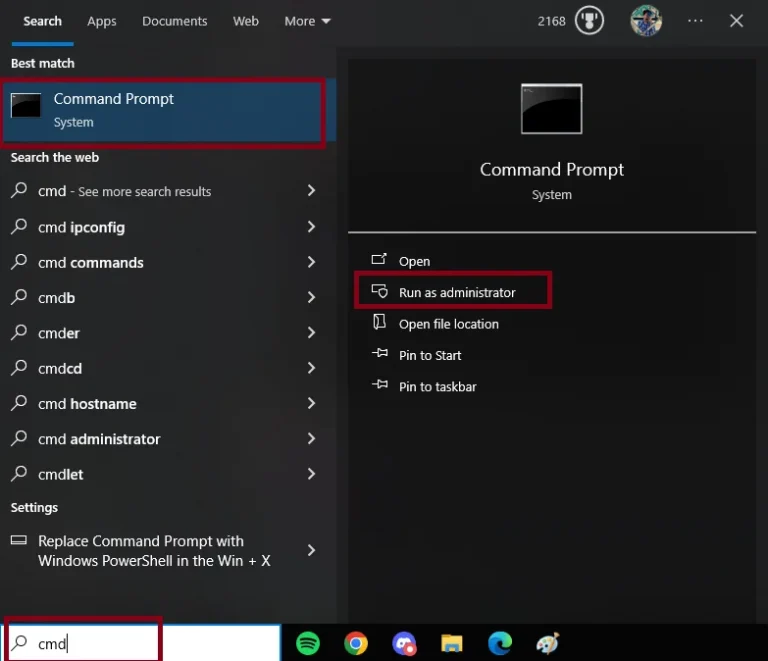
- Right-click on each device and choose Update Driver.
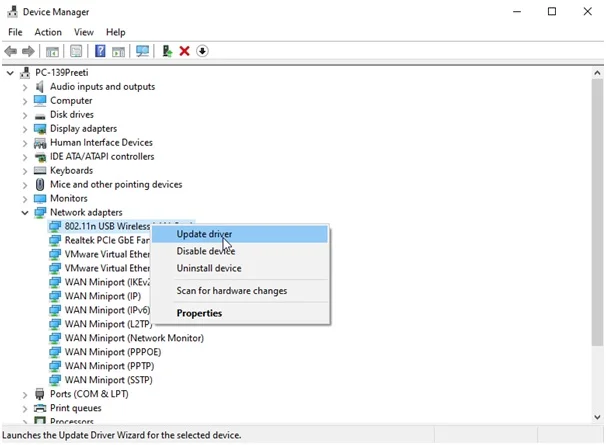
There are also third-party tools available to update the drivers. For more details, see our detailed article on Best Driver Updater.
2. SFC, DISM, and CHKDSK
It is recommended to run SFC, DISM, and CHKDSK. SFC scans and repairs corrupted system files, DISM ensures that the Windows image is correct, and CHKDSK checks Disk health since the Blue Screen of Death might be due to HDD/SSD issues.
- Open the Search menu, type cmd, and run the Command Prompt as an Administrator.
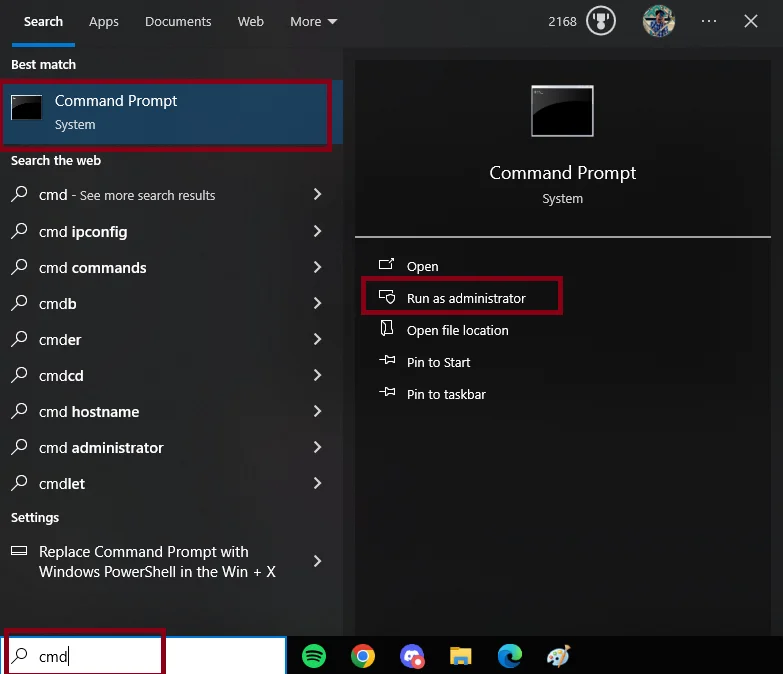
- Type the following commands:
sfc /scannow Dism /Online /Cleanup-Image /RestoreHealth chkdsk C: /f
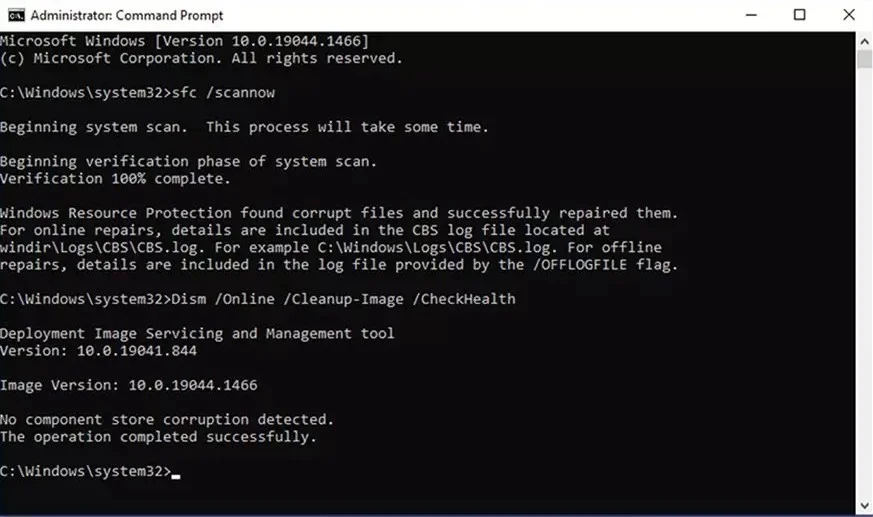
- After finishing the scans, restart your computer.
3. Reinstall Problematic Software
Certain hardware devices have software to take full control of their features, which, when corrupted, causes issues in the devices’ operations. Uninstalling and reinstalling these programs could help resolve the problem. Reinstalling means you get a fresh version that doesn’t have any corrupted files.
You can use Revo Uninstaller to fully remove the software and then download the software from its official website.
4. Power Settings for USB Devices
Incorrect power settings can disable external hardware devices that are connected through USB. Changing power settings and making sure the USB devices never sleep can help fix these issues.
- Click on the Search bar, type Device Manager and open it.
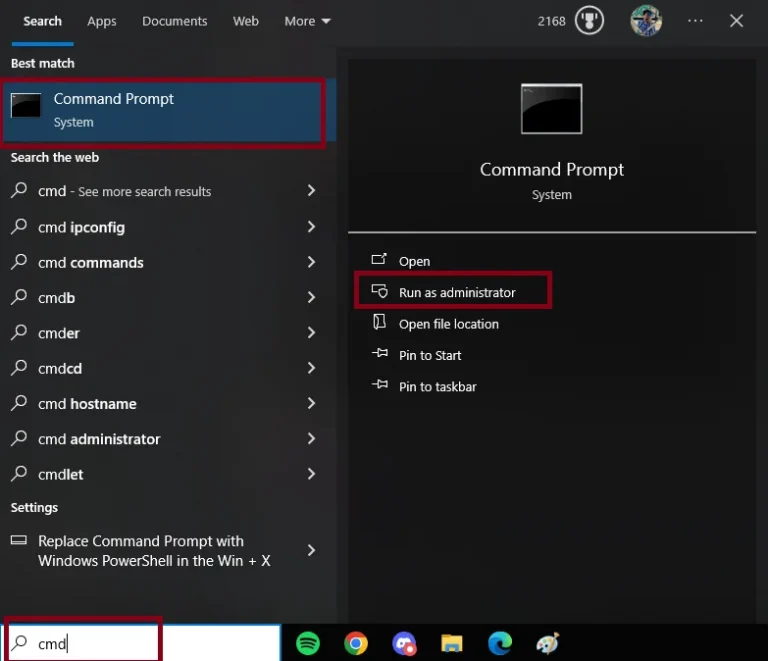
- Right-click on any USB device and go to Properties.

- Go to Power Management tab and uncheck Allow the computer to turn off this device to save power.
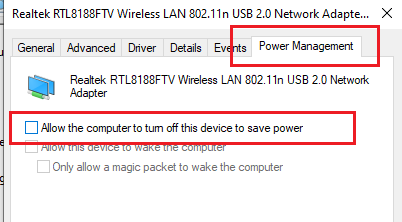
- Press OK.
Do this for all the USB devices connected.
5. Update or Reinstall Antivirus
Outdated or corrupted antivirus software can cause problems and conflicts with the software that controls hardware devices. To figure out if the problem is due to the antivirus you are currently using, update or reinstall it.
Check out our article to learn how to uninstall antivirus software. You can also use Revo Uninstaller to uninstall the antivirus and download it again from its official website.
6. Perform a Clean Boot
Third-party applications can conflict with system files and cause problems. To find out if this is the cause, try performing a clean start for Windows, which will stop all non-Microsoft services from running at startup, which might help to solve the problem.
- Press Windows + R, type msconfig, and press Enter.
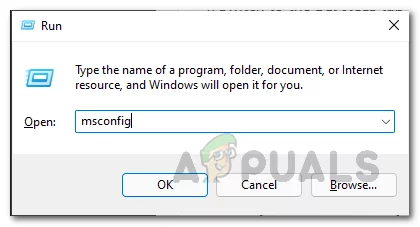
- Navigate to the Services tab, tick the Hide all Microsoft Services checkbox, click Disable all, and click OK.
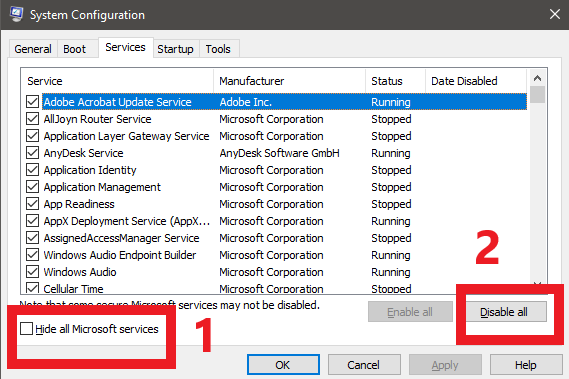
- Press Windows + SHIFT + ESC to open the Task Manager.
- Switch to the Startup tab and shut off all third-party programs.
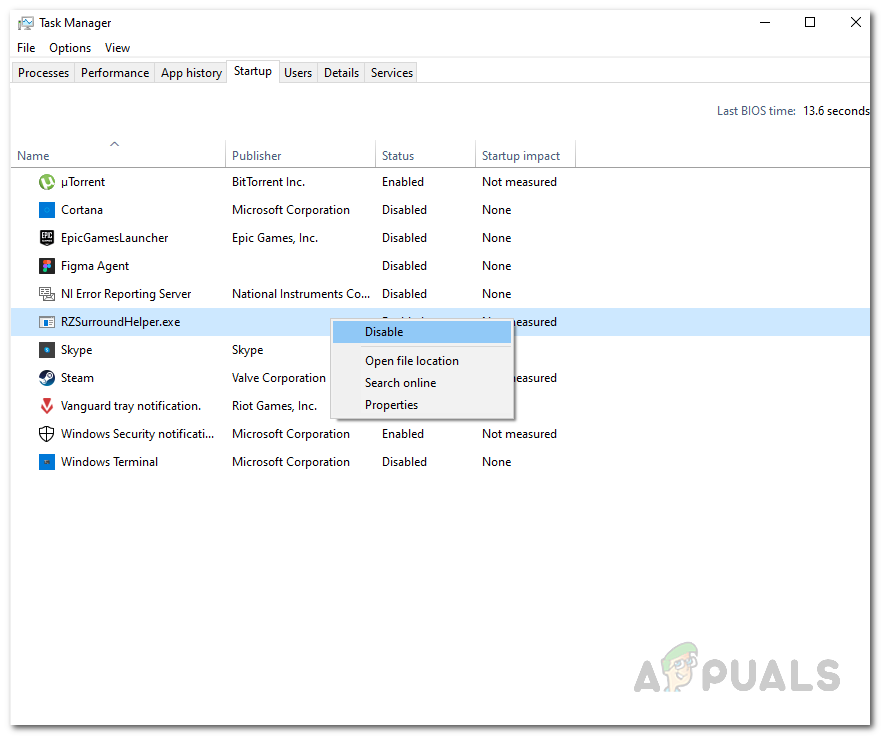
- Restart your PC.
7. Update BIOS
An old BIOS version can cause problems in communication between hardware and the computer, leading to a Blue Screen of Death. Updating the BIOS to the latest version will aid in providing smooth communication between hardware devices.
You can visit your manufacturer’s website to get the firmware and update the BIOS to the latest version.
You can also check our articles on different manufacturers to learn how to update BIOS. Dell, Lenovo, HP, and MSI.
8. Reinstall Windows
If none of the solutions work, reinstalling Windows might be a possible solution. Reinstalling Windows will remove all the third-party software that might be causing problems, and install a new, clean version of Windows.
To learn how to reinstall Windows, see our detailed article here.
9. Check Hardware for Physical Problems
If the problem continues even after reinstalling Windows, consider looking at the hardware devices connected your computer to see if there’s any physical issue. Physical issues might include damaged hardware.





